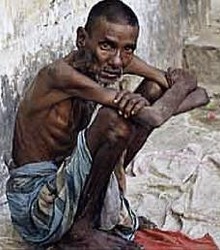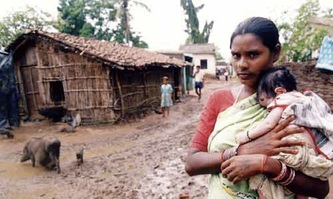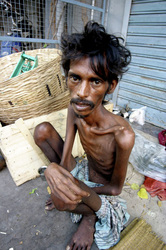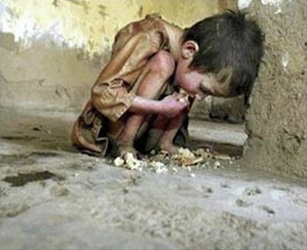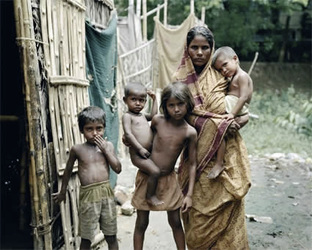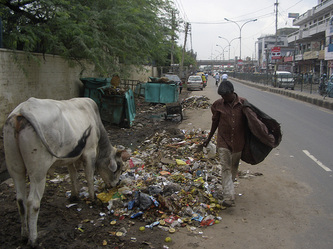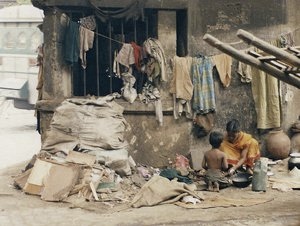The Population/Poverty Crisis
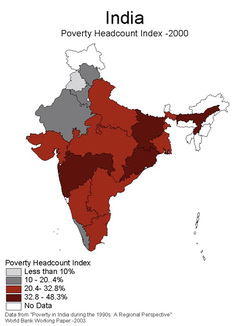
Poverty rates have gone down from 35% to 25% while unemployment still remains at 20% of the residents.
Life in the "city".
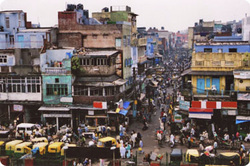
You would very rarely see cars in India, for many reasons, some of which deal with the fact that the average family cannot afford a car, let alone gas. Also, there is little to no room to drive in the busy, populated streets of the big cities, where tens of thousands of pedestrians mill the alleys.
Poverty, the very meaning of poor.
People across the country of India have to live in a life of poverty every day. Not enough food to eat, no place to sleep, and very little clean water for either bathing or drinking.
The average family survives of meals consisting of vegetables, soft bread, and fish. They have to buy their dairy products every morning because very few people own a refrigerator. Electricity is not available to many houses, so they depend on non-perishable foods.
Farming: A way of life.
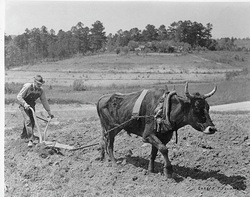
Subsistence farming is still widely used in India. Subsistence farming is used by poor farmers to support themselves nutritionally, and (not very often) their family financially. They plant enough crops to feed their families, and any excess is sold to earn money for their family. Most farmers are still too poor to afford any kind of equipment, so they have to use oxen to plow their fields.
Cotton, rice, wheat are the main crops grown in India.
